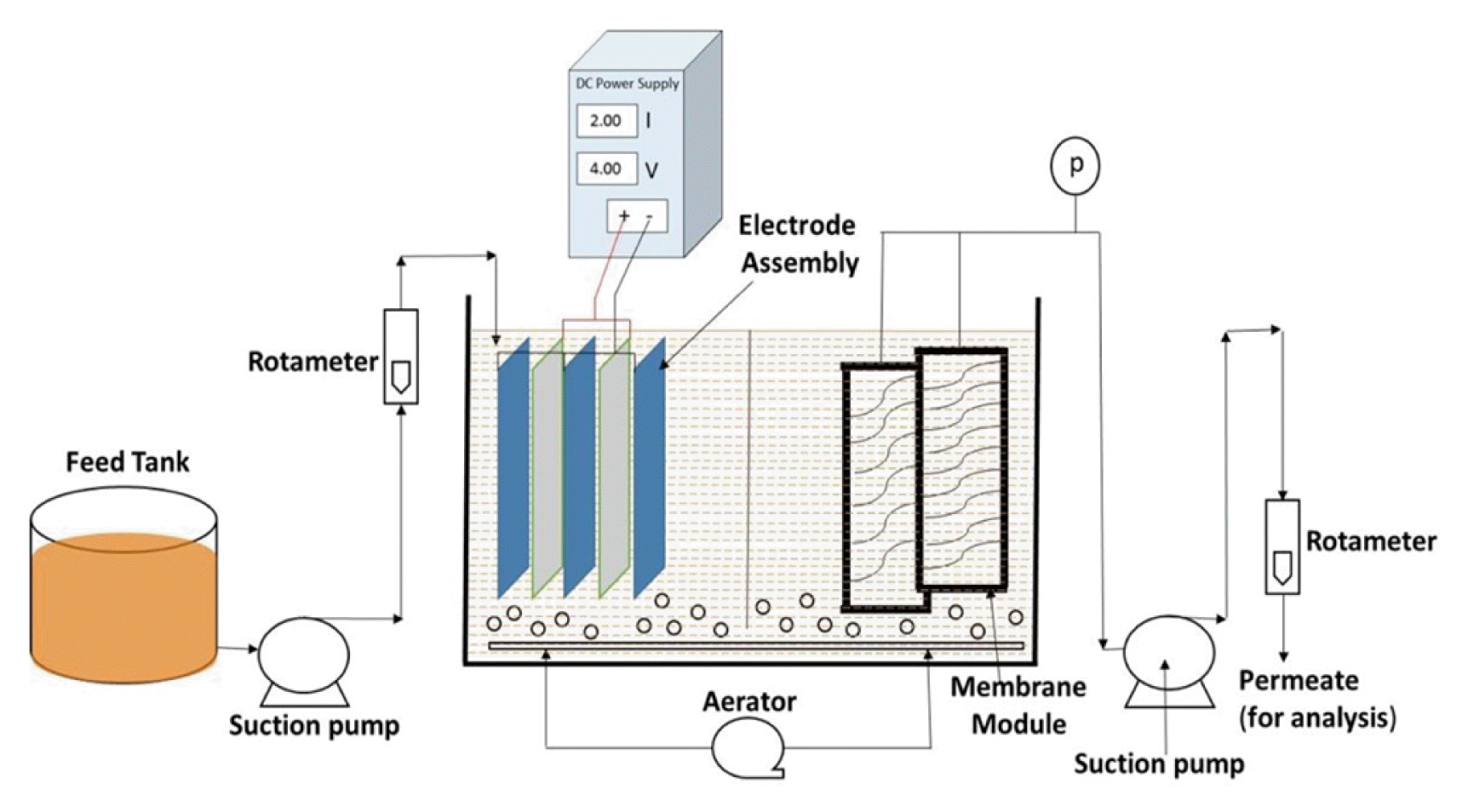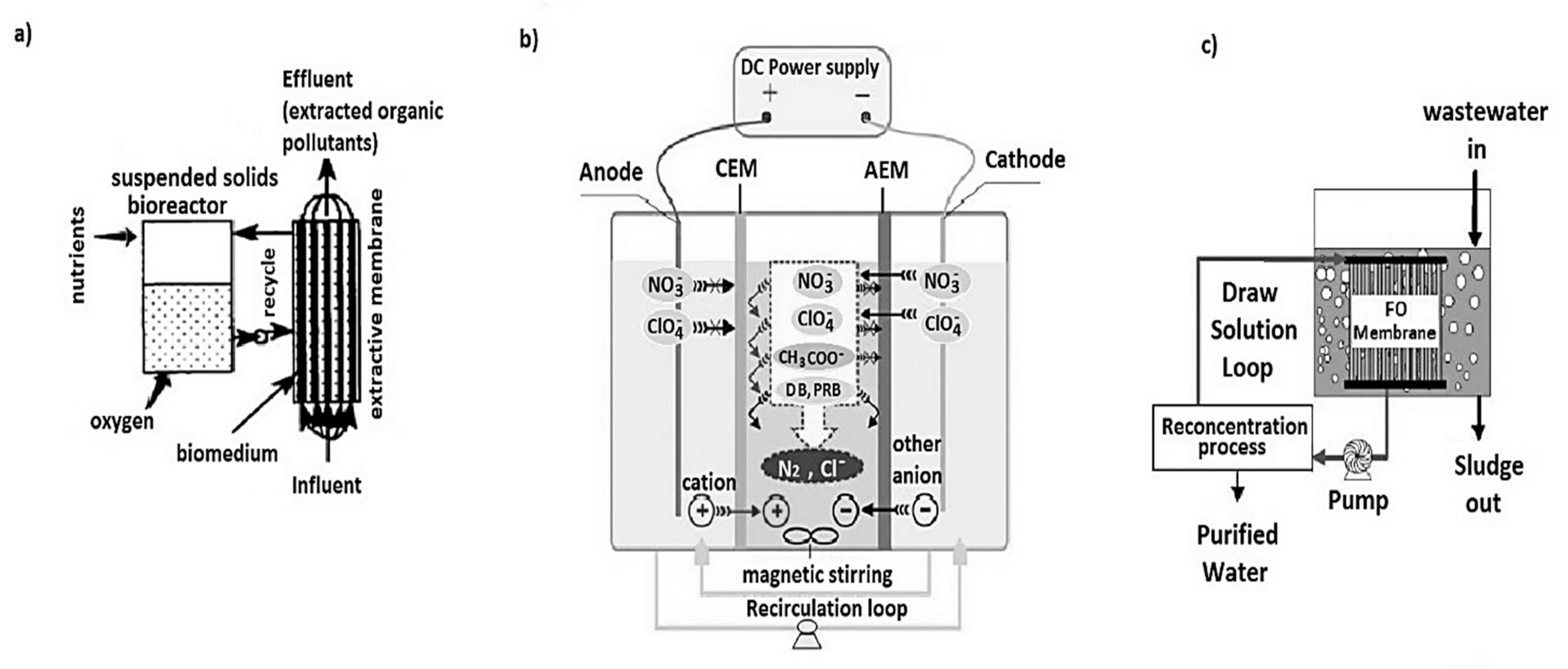Exploring the Benefits of Membrane Bioreactor in Municipal Wastewater Plants
Exploring the Benefits of Membrane Bioreactor in Municipal Wastewater Plants
Blog Article
Comprehending Membrane Bioreactors: The Future of Wastewater Treatment
Membrane layer bioreactors (MBRs) represent a notable innovation in the area of wastewater treatment, integrating organic procedures with innovative membrane purification to boost effluent quality. As international water scarcity and strict regulative frameworks come to be increasingly pressing concerns, MBR modern technology supplies an efficient response through its capacity to reduce impact and enhance source recovery. Nonetheless, the adoption of MBRs is not without its obstacles, which warrant careful factor to consider. What are the key elements influencing their implementation and lasting practicality in various contexts? The responses might improve our strategy to wastewater monitoring.
What Are Membrane Bioreactors?

The core parts of MBR systems include a bioreactor where microbial activity happens and a membrane layer system that filters the combined liquor. This twin capability makes it possible for the synchronised destruction of organic matter and solid-liquid separation in a solitary action. MBRs can run in both immersed and external configurations, with submerged systems being a lot more typical due to their small layout and functional effectiveness.
The adoption of MBR technology has actually obtained traction in numerous applications, ranging from local wastewater therapy to industrial effluent management. MBRs are especially helpful in situations where area is limited or rigid effluent high quality standards should be fulfilled. By maintaining a high concentration of microbes within the bioreactor, MBRs improve the deterioration of natural pollutants, consequently yielding higher therapy performances compared to traditional methods.
Key Benefits of MBR Modern Technology
The integration of biological treatment with membrane purification in MBR systems offers many advantages that set it besides traditional wastewater treatment methods. One of the key benefits is the boosted effluent top quality. MBRs effectively eliminate suspended solids and pathogens, accomplishing higher levels of filtration that fulfill rigorous discharge standards and help with water reuse applications.

An additional considerable benefit is the decreased sludge production. MBR systems produce less excess sludge, leading to lower disposal costs and a decline in ecological effect. The closed nature of the membrane layer system minimizes the threat of smell discharges and enhances total procedure control.
Lastly, MBRs are adaptable and flexible, making them ideal for various wastewater types, consisting of commercial and community resources. The capability to incorporate with innovative treatment innovations additionally boosts their effectiveness, making MBRs a promising solution for the future of wastewater management.
Difficulties and Limitations of MBRs
While MBR modern technology supplies many benefits, it additionally faces several difficulties and constraints that can influence its extensive adoption. One substantial difficulty is the high funding and operational costs related to MBR systems. The first investment for membrane materials and the essential facilities can be significant, making it less accessible for find out this here smaller communities or sectors.
In addition, membrane fouling continues to be a critical concern that can reduce system performance and boost upkeep needs. Fouling occurs when solids, raw material, or microbes collect on the membrane layer surface, bring about reduced permeability and requiring regular cleaning or replacement.
An additional constraint includes the complexity of the technology. MBR systems require skilled workers for operation and upkeep, which can be an obstacle in regions with restricted technological experience. Additionally, the disposal of invested membrane layers provides ecological problems, as the materials are usually not eco-friendly and can add to throw away monitoring challenges.
Last But Not Least, while MBRs can properly deal with a vast array of wastewater, they might not be suitable for all applications, specifically those with high concentrations of fats, oils, and oils, requiring more study and development to address these constraints.
Applications of Membrane Bioreactors
In different fields, membrane layer bioreactors (MBRs) have become a versatile option for wastewater treatment (Membrane Bioreactor). Their applications cover municipal, industrial, and farming settings, showcasing their versatility and efficiency in varied atmospheres. In municipal wastewater therapy plants, MBRs dramatically boost effluent top quality, permitting water reuse and lowering the ecological influence of released wastewater
Industrially, MBRs are used in food and drink handling, textile manufacturing, and pharmaceutical manufacturing, where they properly treat high-strength waste streams. Their capacity to manage differing and fluctuating lots pollutant concentrations makes them especially beneficial in these industries. Additionally, MBRs promote the elimination of pathogens, he has a good point put on hold solids, and natural issue, contributing to compliance with stringent discharge laws.
In farming, MBRs are significantly utilized for treating farming runoff and livestock wastewater, allowing the recuperation of nutrients for fertilizer production. They also help in the therapy of greywater for irrigation, promoting sustainable water management practices.
The convenience of MBRs is more evidenced by their combination with various other modern technologies, such as anaerobic food digestion and progressed oxidation processes, improving total efficiency and resource healing in wastewater therapy systems.
The Future of Wastewater Therapy
Developments in technology and an expanding focus on sustainability are forming the future of wastewater therapy. Membrane layer bioreactors (MBRs) exemplify this shift by incorporating organic treatment processes with membrane purification, resulting in high-grade effluent suitable for reuse. The fad towards circular economies is triggering centers to embrace MBRs for their capability to recover sources, such as water and nutrients, from wastewater.
Technologies in membrane materials and configuration are boosting the efficiency and long life of MBR systems, decreasing functional expenses and energy usage. Smart innovation combination, consisting of real-time surveillance and automated control systems, is further maximizing efficiency and making it possible for anticipating upkeep, thus lessening downtime.
Furthermore, societal assumptions and governing pressures are pressing industries and municipalities to take on more lasting methods. Membrane Bioreactor. The shift in the direction of decentralized wastewater treatment remedies is gaining traction, permitting localized therapy that decreases click site transportation costs and energy use
Final Thought
Membrane layer bioreactors (MBRs) represent a transformative technique to wastewater therapy, integrating organic processes with advanced membrane layer modern technology. The benefits of MBRs, including enhanced effluent quality, decreased spatial needs, and reduced sludge production, place them as a viable solution in the middle of expanding urbanization and more stringent ecological regulations. Regardless of existing challenges, the ongoing development in membrane materials and functional strategies guarantees to strengthen the efficiency and adoption of MBRs, ensuring their crucial duty in the future of sustainable wastewater monitoring.
Membrane layer bioreactors (MBRs) represent a noteworthy technology in the field of wastewater treatment, incorporating biological processes with sophisticated membrane layer purification to boost effluent quality.Membrane layer bioreactors (MBRs) integrate organic therapy processes with membrane layer filtration to efficiently deal with wastewater.The combination of organic treatment with membrane layer purification in MBR systems offers various advantages that establish it apart from standard wastewater treatment approaches. Membrane bioreactors (MBRs) exemplify this shift by integrating organic treatment processes with membrane filtering, resulting in top notch effluent ideal for reuse.Membrane bioreactors (MBRs) represent a transformative method to wastewater therapy, integrating biological procedures with advanced membrane technology.
Report this page